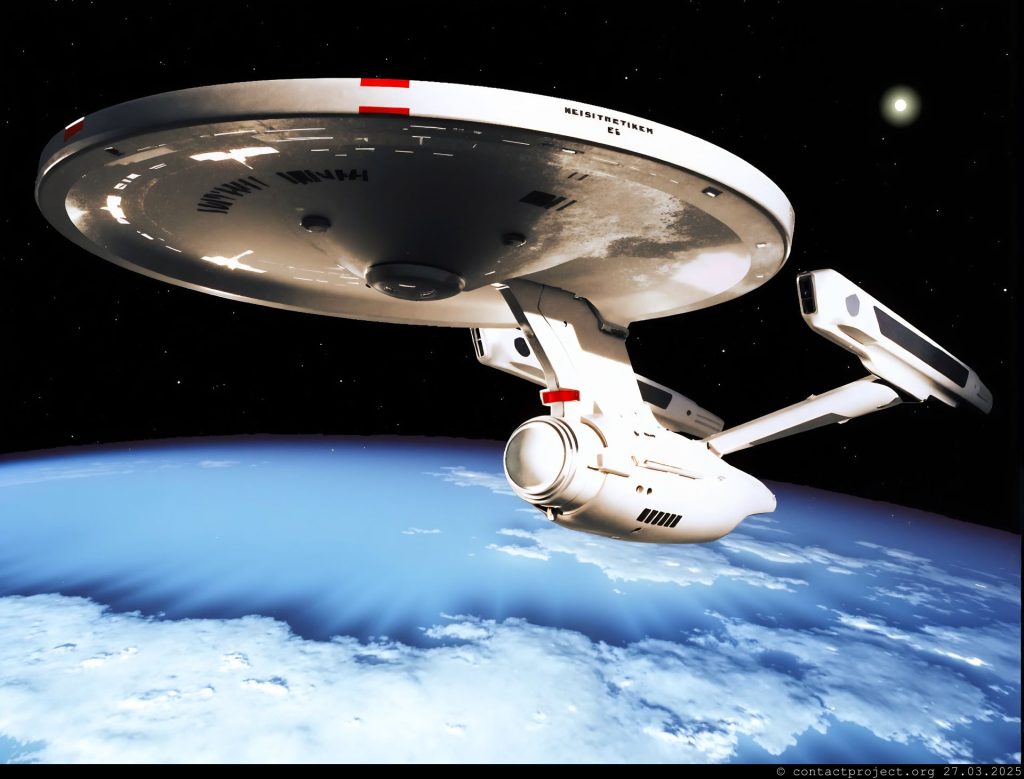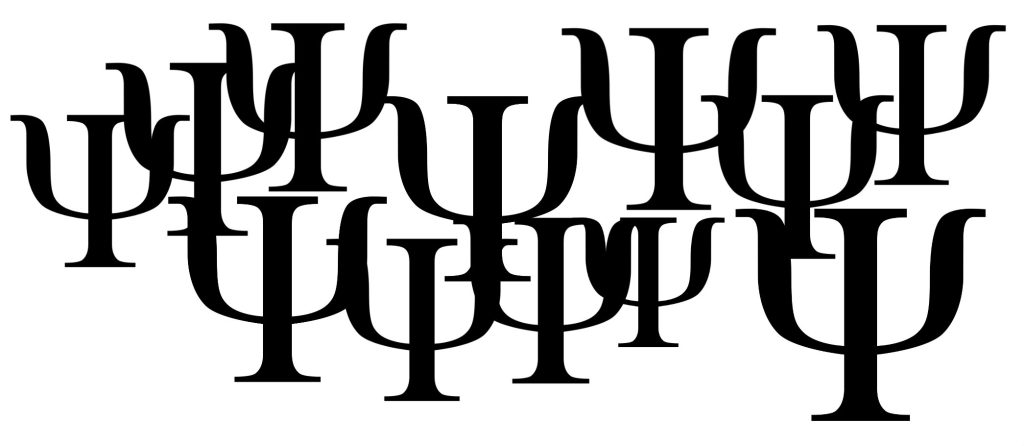Star Trek’s Subspace: Cosmic Shortcut
In the Star Trek universe, subspace is the imaginary realm that allows starships to break the light-speed barrier, enabling faster-than-light travel and instant communication. It invites speculation about how real-world physics deals with dimensions, quantum phenomena, and the very fabric of reality.
1D Reality in a 4D Universe
The idea of a one-dimensional reality existing within our four-dimensional universe fascinates physicists. While hypothetical, scenarios like cosmic strings and branes in string theory are considered, albeit facing significant physical and practical challenges.
Mathematical Possibilities of 1D Structures
Mathematically, embedding lower-dimensional structures within higher-dimensional spaces is feasible. Examples include cosmic strings and 1D branes, which interact with the full spacetime continuum rather than existing independently.
Challenges of Sustaining a 1D Reality
Creating a viable 1D reality encounters issues like limited gravitational complexity and topological constraints. Inherently connected to higher dimensions, a standalone 1D universe is difficult to envisage.

Photons: Bridging Classical and Quantum Realms
Photons defy simple classification, existing as both classical points in spacetime and quantum field excitations. Their duality illustrates the complex boundary between classical physics and quantum mechanics.
Tunneling: Quantum Leap Beyond Dimensions
According to academic consensus, photon quantum tunneling represents probabilistic path exploration, not dimensional shifts. This quantum mechanic aspect shows particles interacting through the quantum vacuum, highlighting a non-local nature.
Contrarian: How? All quantum physicists are saying is that there are probability equations that can predict very well the behavior of photons.
Quantum Vacuum and Higher Dimensions
Consensus: The quantum vacuum is typically seen as a four-dimensional entity, though speculative theories propose higher dimensions to link quantum mechanics with gravity, yet these ideas remain unconfirmed.
Contrarian: Now, let’s be clear: the unconfirmed ideas are both the “typically seen four-dimensional entity” as well as higher or lower dimensions.
“Fallback Dimensions”
Consensus: Phenomena such as entanglement and tunneling result from quantum field mechanics rather than hidden dimensions. Photons behave according to quantum field theory’s probabilistic nature, challenging classical constraints.
Contrarian: There is zero proof that “hidden dimensions” are not involved. If these “hidden dimensions” only serve as a metaphor to understand what goes on in entanglement and tunneling experiments, so be it.
Science is not primarily focused on comprehending the underlying mechanics of the universe; rather, its goal is to make predictions based on observations and to leverage these predictions.
Now, wouldn’t it be nice if one could devise an experiment to show that hidden dimensions are at play in quantum tunneling and entanglement experiments?
Imagination Meets Physics
Star Trek’s subspace is hypothetical; it mirrors our longing to transcend spatial limits. The true complexity of the universe lies in quantum fields, says the consensus, proving physics to be as inspiring as a doorknob.
Contrarian: What is a “quantum field?”




